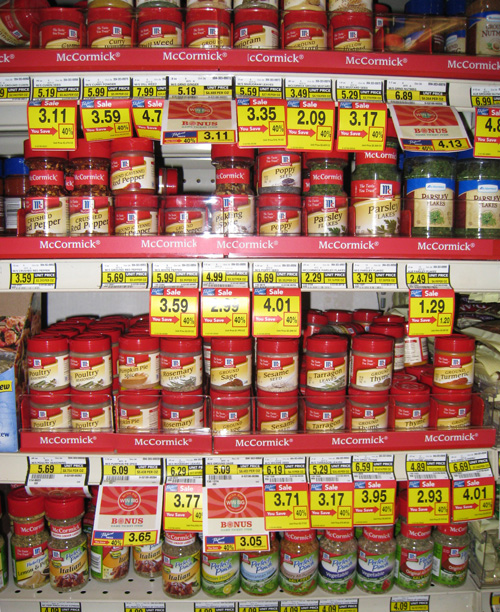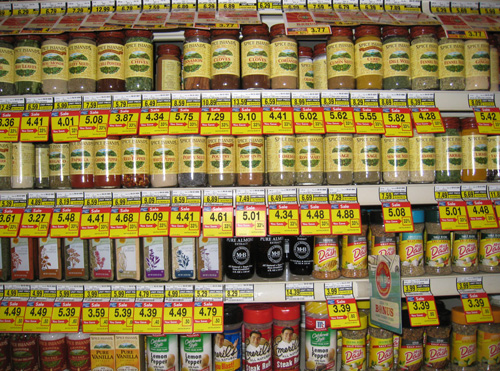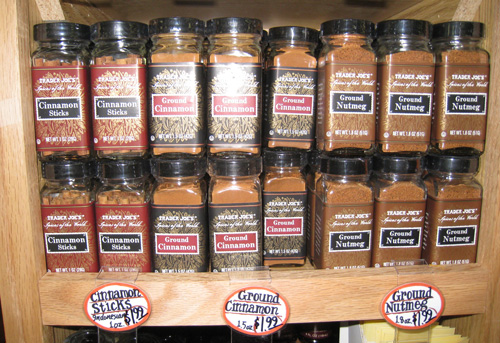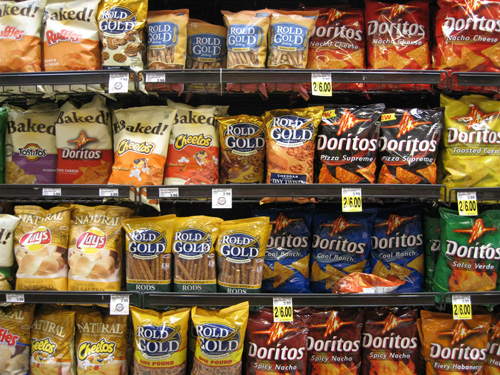The Lowdown on Chips

Food Gone Bad
We believe in American exceptionalism, the idea that our nation should be a “shining city on a hill” to the world. Pilgrim leader John Winthrop coined this phrase in a famous speech aboard the Mayflower. Today the evidence rests with the millions of people around the world who want nothing more than to come to America. I also believe in the free enterprise system, but with a dreadful caveat: In the last century it ruined the American diet.
I don’t see this—the way Food Inc ruined the American diet—as a criminal act, though some might. I see it more as an act of ignorance, committed by our most capable people—the CEOs of Food Inc, elected officials, food scientists, and other coconspirators.
The goal of the food reformation is to restore healthy food to the American dietary. It’s a good thing, how the Industrial Revolution freed us from backbreaking labor. But the way it adulterated natural food is a bad thing that people of good will must now reform. We outline this reformation with our 52 Healthy Changes.
Healthy Fats
As you know, the Healthy Changes follow 13 themes that repeat each quarter. The theme of this week is healthy fats. Our goal is to help you replace unhealthy fats with less-processed healthy fats. The nation has been on a foolish crusade against fat. Experts who should have known better told us to minimize traditional, less processed fats like butter. Saturated fats, eaten safely for millennia, were declared villains. Highly processed, hydrogenated fats were ignorantly recommended. This is the kind of craziness that happens with Food Inc.
Here are our four Healthy Changes for fat:
Never buy deep fat fried foods: This is so important we made it out 2nd Healthy Change of 2012. By now just about everyone knows that hydrogenated trans fats—introduced with unwarranted and unproven health claims in the form of Crisco, margarine, and vegetable oils—are unhealthy and should be avoided. But it’s not advertised or generally known that hydrogenated fats are still widely used for deep fat frying. This Healthy Change means no French fries, corn dogs, donuts, or most fried fast foods, like fish chips or chicken. I consider the oils used for deep fat frying to be toxic, not only because of the trans fats, but also because they’re solvent-refined vegetable oils that are highly oxidized due to high-temperature extended exposure to air while in the fryer.
Include omega-3 fats in each meal: Certain vital fats are considered essential—for good health you must get them in your diet. The essential fats come in two groups: Omega-3 and omega-6. Basically, we eat too much omega-6 (found in refined seed oils) and too little omega-3. The ratio matters. The crazy thing about our omega-3 deficiency is that it’s the most abundant fat on the planet. The short-chain form is found in green plants, including algae. The long-chain forms are found in the fat of pastured animals and cold-water fish. Your body needs these—your brain, for example, is 25% omega-3. Getting regular omega-3, especially long-chain, makes you smarter and reduces any later risk of dementia.
Limit chips to national holidays, or for scooping healthy dips or salsas: This week’s healthy change goes after the next biggest source of unhealthy fats. We’ll talk more about it below.
Eat traditional fats (olive oil, butter, lard, etc.) in moderation: This is our final fat topic and will come in the 41st week. For a long time we’ve heard that fat is bad and were told that reduced-fat, or low fat, was good. But there’s growing evidence that the French have it right: Enjoy healthy, traditional fats in moderation.
The Problem with Chips
I started my working career, fresh out of engineering school, with the venerable firm of Procter & Gamble. P&G had a food division; the most famous product was Crisco shortening. Crisco, we know now, was a really unhealthy idea, though it did make a lot of money. P&G has since sold Crisco.
The wise men at P&G, in search of more money, studied the chip market. At the time it was a regional business; lots of companies made chips, especially potato chips. P&G thought they could take over that market with an engineered food product called Pringles. Most of us at P&G were engineers so it made perfect sense to “engineer” raw materials into new food products. It was a classic case of smart people collectively doing a dumb thing.
It’s been 40 years since Pringles was introduced with a marketing blitz. The history didn’t turn out well; the product had limited success and was recently sold by P&G in an admission of failure. During those 40 years another company came to dominate the once-regional chip business—PepsiCo’s Frito-Lay brand. We discussed chips and Frito-Lay’s dominance in the food aisle visit reported here.
So what’s the problem with chips? Regardless of the type, they’re simply the starchy portion of a grain or vegetalbe (whether corn, potatoes, or wheat) fried in refined oils. Chips are a processed factory food. Sometimes they’re baked, or “popped” but they’re still processed starch cooked with refined oil and salt. Based on location, chips are a big money maker for grocery stores. But there’s nothing wholesome about chips—it’s best to eat your grains or vegetables minimally processed, not fried into chips. Here’s a better idea for potatoes: Try our Oven Roasted Fries recipe.
We don’t stock chips in our pantry, though we do enjoy them with healthy dips (recipe to follow) on special occasions, like national holidays. Whether made of corn, wheat, or potatoes, chips are basically the starchy portion, salted and fried in refined oils.

Please comment: Got a favorite, healthy recipe for a dip of salsa? Please share.
 Thursday, July 12, 2012 at 11:16AM | by
Thursday, July 12, 2012 at 11:16AM | by  Skip Hellewell |
Skip Hellewell |  5 Comments |
5 Comments |  4 References | | in
4 References | | in  grocery shopping,
grocery shopping,  healthy change |
healthy change |  Email Article
Email Article 




















